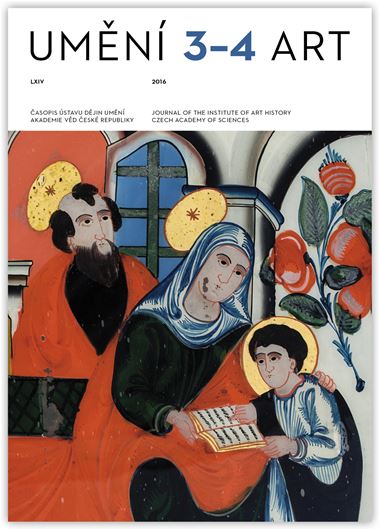Jana Zapletalová
Poslední vůle císařského architekta Filiberta Lucheseho
The position of Habsburg imperial architect and engineer was held from the 1640s to the 1660s by Ticino-born architect Filiberto Luchese (christened 29 December 1606 in Melide, died 21 May 1666 in Vienna), who simultaneously worked on commissions from many eminent members of the nobility in central Europe. He had a significant influence on what many buildings on the territory of modern-day Austria, Slovakia, and the Czech Republic look like. This article takes a look at Filiberto Luchese’s will, a copy of which was recently discovered among a collection of wills in the Wiener Stadt- und Landesarchiv. Drawn up shortly before the architect’s death, the will provides insight into the everyday life of the distinguished architect. However, it also contains valuable information which, together with information from the parish registers of the Church of Santi Quirico e Giulitta in Melide, can be used to reconstruct the relevant branch of the family tree of the Luchese of Melide and obtain a better understanding of the relationship between the imperial architect and his successor and compatriot Giovanni Pietro Tencalla of Bissone and some Ticino artists connected with Luchese. In the second half of the 17th century there were dozens of artists and craftsmen from the Lombardy-Ticino lakes region working in central Europe. Many of them, the will reveals, had close ties to both Luchese and Tencalla, who helped find work for their relatives and compatriots in many artistic professions. Filiberto Luchese’s will has also helped to resolve the difficult question of the identity of Filiberto’s brother Giovanni Domenico Luchese, who in some locations worked alongside Filiberto as a stucco worker.
Full-text in the Digital Library of the Czech Academy of Sciences:
https://kramerius.lib.cas.cz/uuid/uuid:9a742af7-dbd6-4c93-bf2a-43d5aeb820a0
< back

